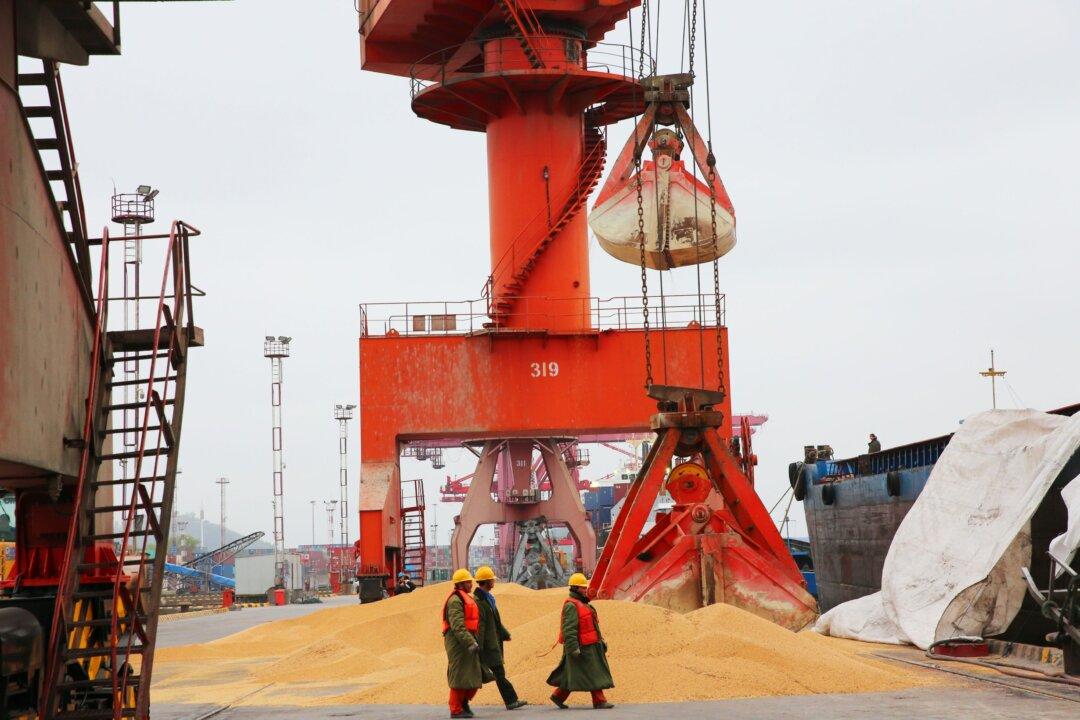As the competitive gridlock between the United States and China that account for about two-fifths of gross world product and half of global military expenditures tightens, the 45 middle power nations are being forced to consider taking sides in trade and diplomatic policies.
The “New World Order” is now seen as a protracted decoupling of the “G2” superpowers. U.S. Commerce Secretary Wilbur Ross stated that the United States and China have moved from an era of mutual economic and security co-operation to a period of “co-opetition,” where competitors only engage in co-operation when it is mutually beneficial.





